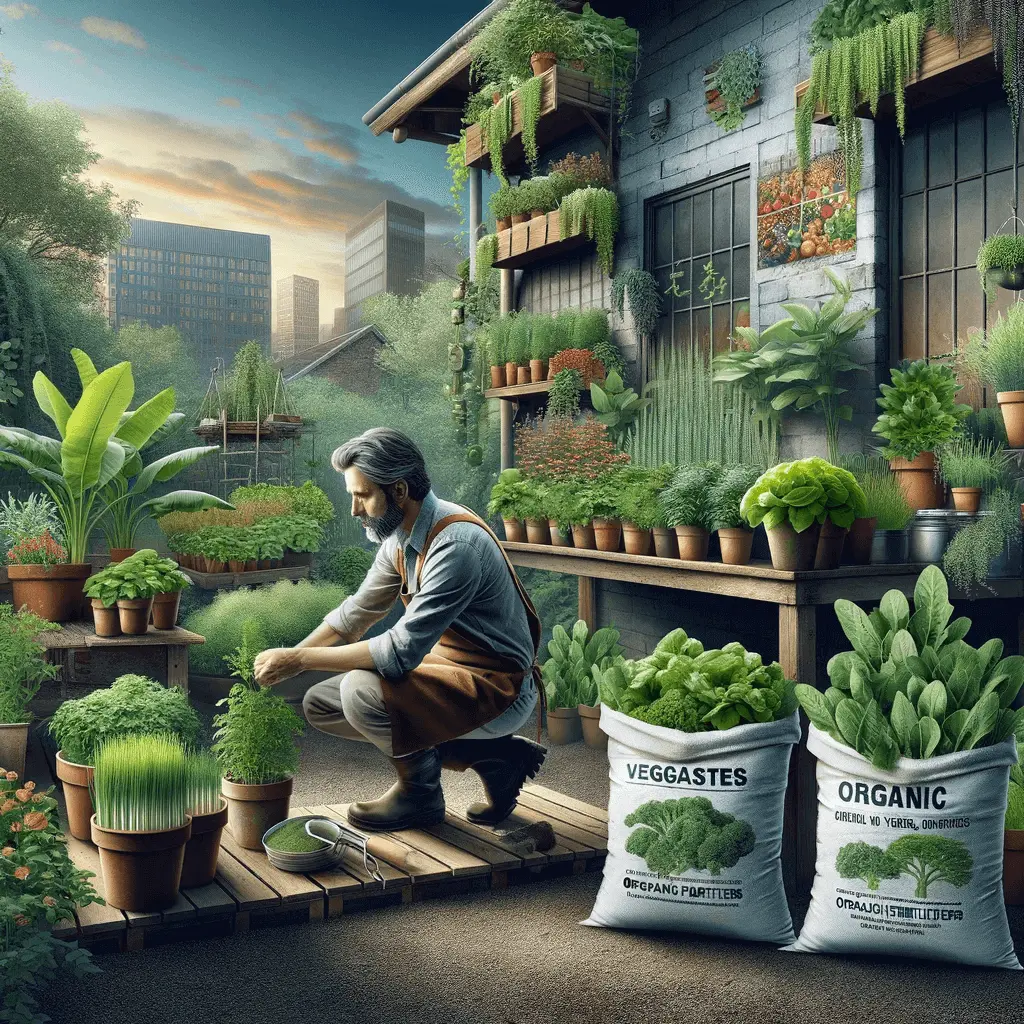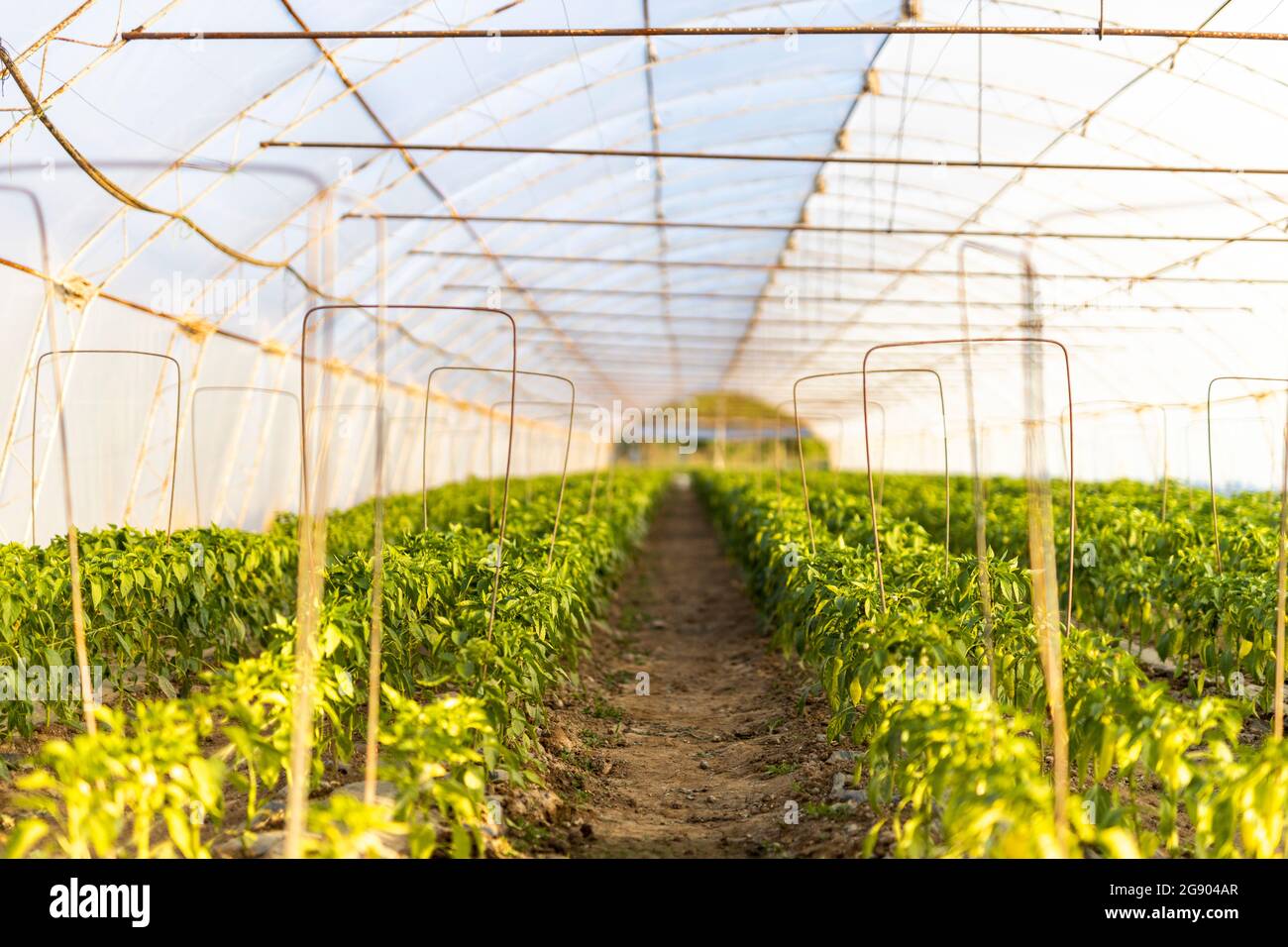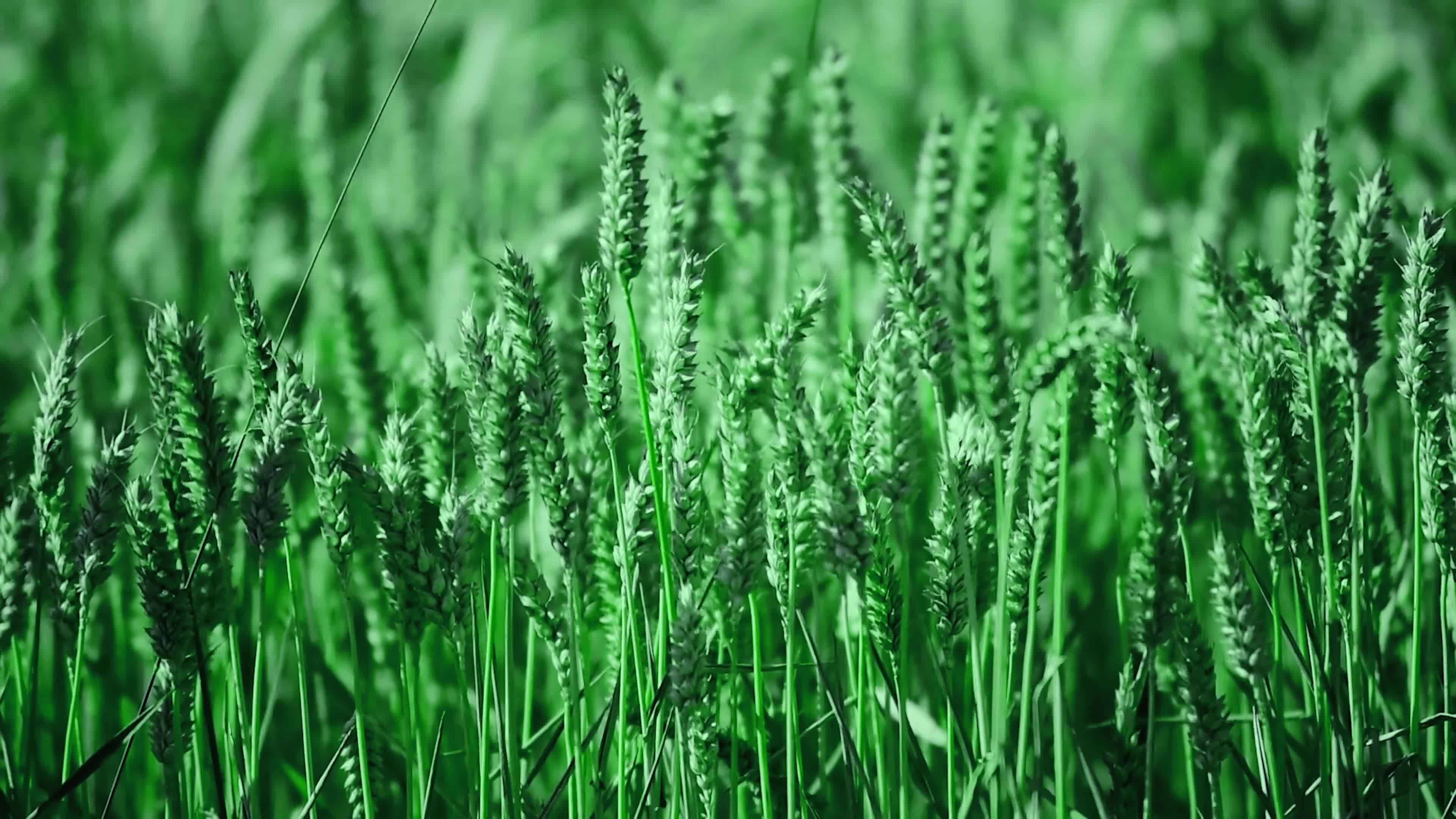Let’s talk about cultivated organic green, shall we? You know, the buzzword that’s been floating around in health circles, eco-friendly groups, and even your local farmer’s market. But what exactly does it mean? Is it just another trend, or is it something worth diving into? Let’s break it down because this isn’t just about plants—it’s about a lifestyle. So, buckle up, my friend, because we’re about to deep-dive into the world of cultivated organic green.
Imagine walking into your garden and plucking fresh, pesticide-free veggies or herbs that you’ve grown yourself. Sounds like a dream, right? Well, it’s not as far-fetched as you think. Cultivated organic green is all about nurturing plants in a way that’s kind to the environment, your health, and your wallet. It’s not just about growing stuff—it’s about doing it the right way.
Now, if you’re thinking this is just for hippies or people with green thumbs, think again. Cultivated organic green is for anyone who cares about what they put into their body and the planet. So, whether you’re a city dweller with a tiny balcony or a suburban homeowner with a backyard, this guide is for you. Let’s get growing!
Read also:Asia Macey Rising Star In The Entertainment World
What Does Cultivated Organic Green Mean?
First things first, let’s define what we’re talking about here. Cultivated organic green refers to the practice of growing plants, veggies, fruits, or herbs using organic methods. This means no synthetic fertilizers, pesticides, or genetically modified organisms (GMOs). It’s all about working with nature instead of against it. Think of it as giving Mother Earth a big ol’ hug while still feeding yourself.
But why should you care? Well, aside from the obvious health benefits, cultivating organic green can help reduce your carbon footprint, promote biodiversity, and even save you money in the long run. Who doesn’t love a win-win situation?
Why Choose Cultivated Organic Green?
Here’s the deal: conventional farming practices can be harsh on the environment. They often involve chemicals that pollute soil and water, harm beneficial insects, and even seep into the food we eat. Yikes, right? On the flip side, cultivated organic green focuses on sustainable practices that keep the ecosystem balanced and thriving.
Plus, when you grow your own organic greens, you know exactly where your food comes from. No mystery ingredients, no sketchy supply chains—just pure, wholesome goodness straight from your garden to your plate.
Benefits of Cultivated Organic Green
Now that we’ve got the basics down, let’s talk about the perks. Why should you make the switch to cultivated organic green? Here are a few reasons:
- Healthier Food: Organic produce is packed with nutrients and free from harmful chemicals.
- Environmental Impact: By avoiding synthetic fertilizers and pesticides, you’re helping to protect the planet.
- Cost-Effective: Once you’ve set up your garden, you’ll save money on groceries in the long run.
- Community Building: Joining local gardening groups or sharing tips with neighbors can create a sense of community.
So, whether you’re in it for the health benefits, the environmental impact, or just the satisfaction of growing your own food, cultivated organic green has something for everyone.
Read also:Matt Meese Wife The Fascinating Story You Didnrsquot Know About
How Does It Impact the Environment?
The environmental benefits of cultivated organic green are huge. For starters, it reduces the use of harmful chemicals that can contaminate soil and water. Plus, it promotes biodiversity by creating habitats for beneficial insects and animals. Think of it as giving nature a helping hand while still reaping the rewards.
And let’s not forget about carbon sequestration. Plants naturally absorb CO2 from the atmosphere, which helps combat climate change. By growing your own organic greens, you’re contributing to a healthier planet—one plant at a time.
Getting Started with Cultivated Organic Green
Ready to dive in? Here’s how you can get started with cultivated organic green:
Choosing the Right Plants
Not all plants are created equal when it comes to organic gardening. Some are easier to grow than others, especially for beginners. Here are a few popular options:
- Herbs: Basil, mint, rosemary, and thyme are great choices for newbie gardeners.
- Leafy Greens: Spinach, kale, and lettuce are quick-growing and packed with nutrients.
- Fruits and Veggies: Tomatoes, peppers, and cucumbers are perfect for small spaces.
When choosing plants, consider factors like climate, sunlight, and available space. And don’t worry if you don’t have a backyard—many plants thrive in containers on balconies or windowsills.
Setting Up Your Garden
Once you’ve picked your plants, it’s time to set up your garden. Here’s a quick guide:
- Choose a location that gets plenty of sunlight.
- Prepare your soil by adding organic matter like compost or manure.
- Plant your seeds or seedlings according to the instructions on the package.
- Water regularly and keep an eye out for pests or diseases.
And that’s it! With a little bit of effort, you’ll be harvesting your own organic greens in no time.
Common Challenges in Cultivated Organic Green
Of course, no journey is without its challenges. Here are a few common obstacles you might face when cultivating organic green and how to overcome them:
Pests and Diseases
Pests and diseases can be a major headache for organic gardeners. Unlike conventional farming, you can’t just spray chemicals to get rid of them. Instead, try these natural methods:
- Companion Planting: Planting certain plants together can deter pests. For example, marigolds repel aphids.
- Neem Oil: This natural pesticide can help control a wide range of pests and diseases.
- Handpicking: Sometimes, the simplest solution is the best. Just grab those pesky bugs and toss them out!
Remember, prevention is key. Keep your garden clean, rotate your crops, and monitor your plants regularly.
Weeds
Weeds can be a real pain in the… well, you know. But don’t worry, there are ways to keep them under control:
- Mulching: Covering the soil with mulch can prevent weeds from growing.
- Handpulling: If you’ve got the time and patience, pulling weeds by hand is effective.
- Ground Cover Plants: Some plants, like clover, can act as natural weed barriers.
With a little persistence, you can keep those weeds at bay and focus on your precious plants.
Tips for Success in Cultivated Organic Green
Now that you know the basics, here are a few tips to help you succeed in cultivated organic green:
1. Start Small
Don’t overwhelm yourself by trying to grow everything at once. Start with a few easy-to-grow plants and expand as you gain confidence.
2. Learn from Others
Join local gardening groups or online forums to learn from experienced gardeners. They can offer valuable advice and support.
3. Keep a Journal
Track your progress by keeping a gardening journal. Note what works and what doesn’t so you can improve over time.
And most importantly, have fun! Gardening should be enjoyable, not stressful. So, don’t be too hard on yourself if things don’t go perfectly at first.
The Science Behind Cultivated Organic Green
For those of you who love a good science lesson, here’s a quick rundown on the science behind cultivated organic green:
Organic farming relies on natural processes to promote plant growth and health. This includes techniques like crop rotation, composting, and using natural pest control methods. These practices help maintain soil fertility, reduce erosion, and promote biodiversity.
Studies have shown that organic farming can lead to higher levels of certain nutrients in produce, such as antioxidants and vitamins. Plus, it’s better for the environment, which is always a good thing.
Is It Really Better for You?
Some people question whether organic produce is actually better for you. The answer? It depends. While some studies suggest organic foods have higher nutrient levels, others claim the difference is negligible.
What’s not up for debate is the absence of harmful chemicals in organic produce. That alone is a pretty compelling reason to make the switch.
Case Studies and Success Stories
Let’s take a look at some real-life examples of people who’ve successfully embraced cultivated organic green:
Case Study 1: The Urban Gardener
Jane, a busy professional living in the city, decided to start a small container garden on her balcony. With limited space, she focused on growing herbs and leafy greens. Within a few months, she was harvesting fresh produce and saving money on groceries. Bonus: her apartment smelled amazing!
Case Study 2: The Family Farm
The Smith family turned their backyard into an organic farm, growing everything from tomatoes to zucchini. They sold their surplus at local farmers’ markets and even donated some to food banks. Not only did they enjoy fresh, healthy produce, but they also became a valuable part of their community.
These stories show that cultivated organic green is possible for anyone, no matter your circumstances.
Conclusion
So, there you have it—everything you need to know about cultivated organic green. From understanding what it means to overcoming common challenges, this guide has got you covered. Remember, it’s not just about growing plants—it’s about creating a healthier, more sustainable future for yourself and the planet.
Now, it’s your turn. Are you ready to take the plunge and start your own organic garden? Share your experiences in the comments below, or check out our other articles for more tips and tricks. And don’t forget to spread the word—cultivated organic green is a movement worth joining!
Table of Contents:
- What Does Cultivated Organic Green Mean?
- Why Choose Cultivated Organic Green?
- Benefits of Cultivated Organic Green
- Getting Started with Cultivated Organic Green
- Common Challenges in Cultivated Organic Green
- Tips for Success in Cultivated Organic Green
- The Science Behind Cultivated Organic Green
- Case Studies and Success Stories
- Conclusion


